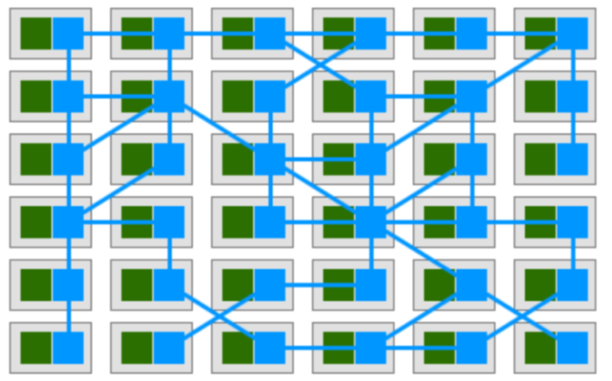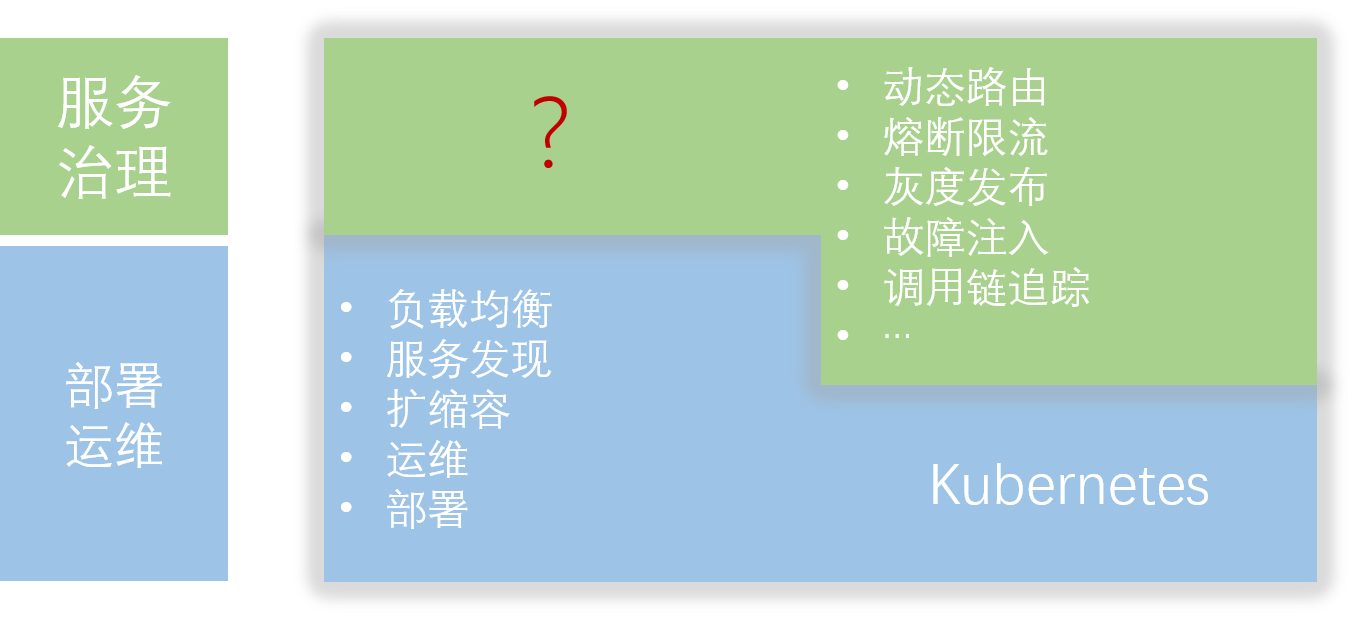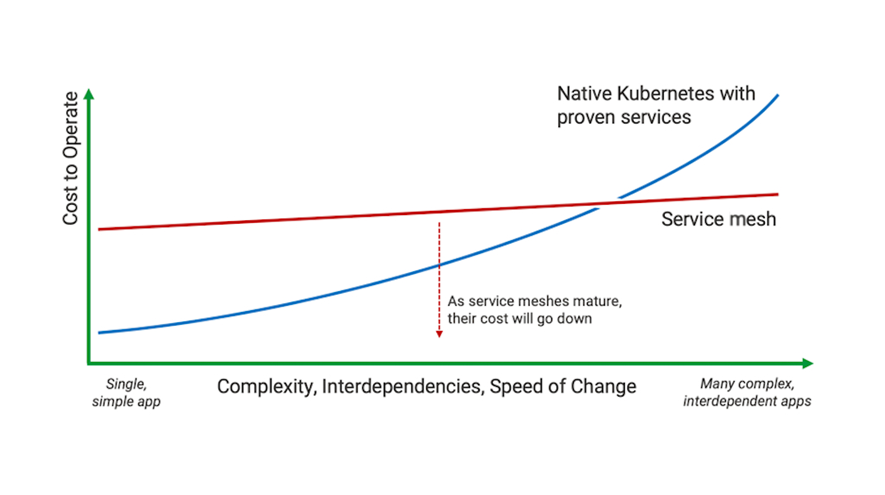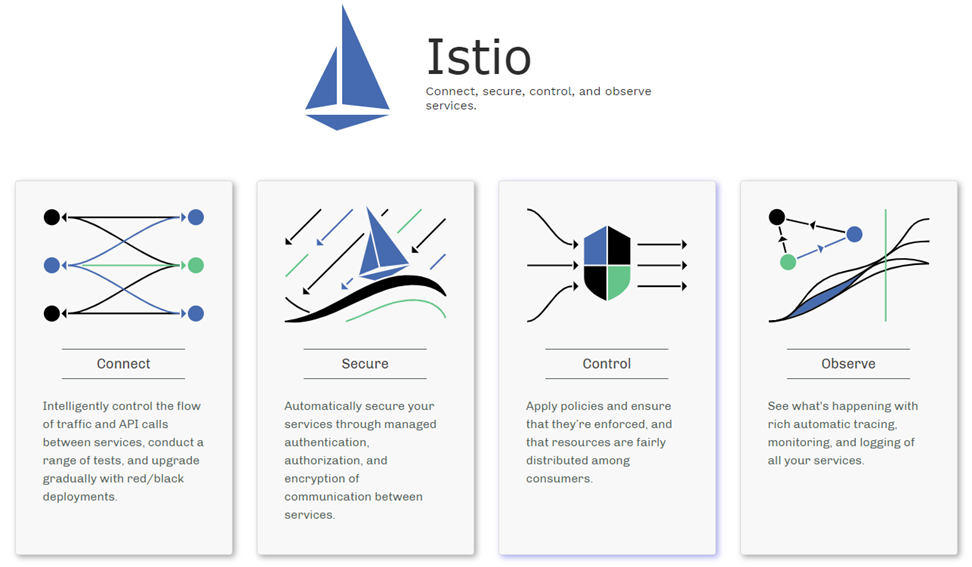Cert-manager 是一个云原生证书管理开源项目,用于在 Kubernetes 集群中提供 HTTPS 证书并自动续期,支持 Let’s Encrypt, HashiCorp Vault 这些免费证书的签发。在Kubernetes集群中,我们可以通过 Kubernetes Ingress 和 Let’s Encrypt 实现外部服务的自动化 HTTPS。
本文 Cert manager使用版本:v0.12.0
![cert-manager]()
强烈建议参考官方文档:https://cert-manager.io/docs
添加helm源
注意stable/cert-manager已经过时不再维护了,转到jetstack/cert-manager。
helm repo add jetstack https://charts.jetstack.io
更新源
helm repo update
创建CRDs
kubectl apply --validate=false -f https://raw.githubusercontent.com/jetstack/cert-manager/release-0.12/deploy/manifests/00-crds.yaml
或
kubectl create -f https://raw.githubusercontent.com/jetstack/cert-manager/release-0.12/deploy/manifests/00-crds.yaml
安装
这里设置了两个默认值
–set ingressShim.defaultIssuerName=letsencrypt-prod
–set ingressShim.defaultIssuerKind=ClusterIssuer
–set ingressShim.defaultIssuerGroup=cert-manager.io
用于在后续创建Ingress时,配合annotations
kubernetes.io/tls-acme: “true”
kubernetes.io/ingress.class: “nginx”
实现自动创建证书。
helm install --name cert-manager --namespace cert-manager --version v0.12.0 --set ingressShim.defaultIssuerName=letsencrypt-prod --set ingressShim.defaultIssuerKind=ClusterIssuer --set ingressShim.defaultIssuerGroup=cert-manager.io jetstack/cert-manager
查看安装是否完成
注意事项:下面的pod需要部署在可以访问外网的机器上.
[root@k8s-master cert]
NAME READY STATUS RESTARTS AGE
cert-manager-5cd477f7bb-fxpvf 1/1 Running 0 22m
cert-manager-cainjector-df4dc78cd-l527b 1/1 Running 0 22m
cert-manager-webhook-5f78ff89bc-ggvqt 1/1 Running 0 22m
[root@k8s-master cert]
certificaterequests.cert-manager.io 2020-01-07T01:38:32Z
certificates.cert-manager.io 2020-01-07T01:38:32Z
challenges.acme.cert-manager.io 2020-01-07T01:38:32Z
clusterissuers.cert-manager.io 2020-01-07T01:38:32Z
issuers.cert-manager.io 2020-01-07T01:38:32Z
orders.acme.cert-manager.io 2020-01-07T01:38:32Z
创建默认签发机构
刚刚安装时已经指定了默认签发类型是ClusterIssuer ,签发机构名称是letsencrypt-prod ,但是我们还没有创建,现在需要创建cluster-issuer.yaml。
cert-manager 给我们提供了 Issuer 和 ClusterIssuer 这两种用于创建签发机构的自定义资源对象,Issuer 只能用来签发自己所在 namespace 下的证书,ClusterIssuer 可以签发任意 namespace 下的证书.
apiVersion: cert-manager.io/v1alpha2
kind: ClusterIssuer
metadata:
name: letsencrypt-prod
spec:
acme:
server: https://acme-v02.api.letsencrypt.org/directory
email: 1154365135@qq.com
privateKeySecretRef:
name: letsencrypt-prod
solvers:
- http01:
ingress:
class: nginx
上述配置,更多配置参考ClusterIssuer
metadata.name 是我们创建的签发机构的名称,后面我们创建证书的时候会引用它spec.acme.email 是你自己的邮箱,证书快过期的时候会有邮件提醒,不过 cert-manager 会利用 acme 协议自动给我们重新颁发证书来续期spec.acme.server 是 acme 协议的服务端,我们这里用 Let’s Encrypt,这个地址就写死成这样就行spec.acme.privateKeySecretRef 指示此签发机构的私钥将要存储到哪个 Secret 对象中,名称不重要spec.acme.solvers.http01 这里指示签发机构使用 HTTP-01 的方式进行 acme 协议 (还可以用 DNS 方式,acme 协议的目的是证明这台机器和域名都是属于你的,然后才准许给你颁发证书)
kubectl create -f cluster-issuer.yaml
kubectl get clusterissuer
配置ingress
apiVersion: extensions/v1beta1
kind: Ingress
metadata:
annotations:
kubernetes.io/ingress.class: nginx
kubernetes.io/tls-acme: "true"
nginx.ingress.kubernetes.io/backend-protocol: HTTPS
nginx.ingress.kubernetes.io/ssl-redirect: "true"
labels:
app: kubernetes-dashboard
chart: kubernetes-dashboard-1.10.0
heritage: Tiller
release: kubernetes-dashboard
name: kubernetes-dashboard
namespace: kube-system
spec:
rules:
- host: k8s.deri.com
http:
paths:
- backend:
serviceName: kubernetes-dashboard
servicePort: 443
path: /
tls:
- hosts:
- k8s.deri.com
secretName: deri-com-tls-secret-cc
由于添加了annotations kubernetes.io/tls-acme: "true",tls这个secret会自动创建。
创建完成后隔一会儿我们可以看到会多出现一个随机名称的 Ingress 对象cm-acme-http-solver-hl5sx,这个 Ingress 对象就是用来专门验证证书的:
$ kubectl get ingress -n gateway
NAME HOSTS ADDRESS PORTS AGE
cm-acme-http-solver-hl5sx cs.deri.com 80 37s
kube-ui cs.deri.com 80, 443 41s
验证成功后,这个 Ingress 对象会自动删除.
卸载
helm delete --purge cert-manager
kubectl delete -f https://raw.githubusercontent.com/jetstack/cert-manager/release-0.12/deploy/manifests/00-crds.yaml
Check
检查服务是否正常
[root@master ~]
NAME READY SECRET AGE
consul-tls-test True consul-tls-test 19m
[root@master ~]
NAME READY AGE
letsencrypt-prod True 157m
[root@master ~]
NAME READY SECRET AGE
consul-tls-test True consul-tls-test 19m
[root@master ~]
NAME STATE AGE
consul-tls-test-3546184973-1845474898 valid 20m
[root@master ~]
NAME READY AGE
consul-tls-test-3546184973 True 27m
[root@master ~]
NAME TYPE DATA AGE
consul-tls-test kubernetes.io/tls 3 29m
用到的镜像
quay.io/jetstack/cert-manager-cainjector:v0.12.0
quay.io/jetstack/cert-manager-webhook:v0.12.0
quay.io/jetstack/cert-manager-controller:v0.12.0
#这里由于上面配置solve是acme所以用到这个镜像,如果你配置别的,可能不一致
quay.io/jetstack/cert-manager-acmesolver:v0.12.0




